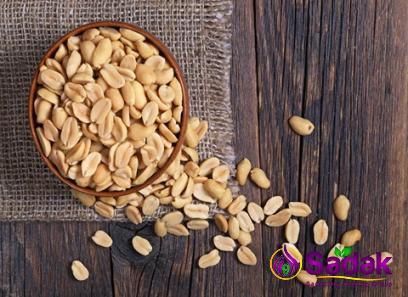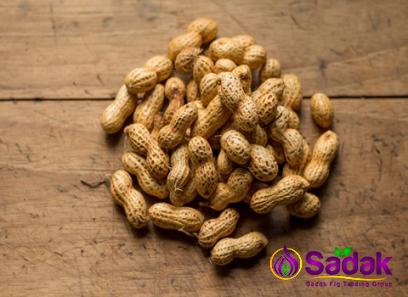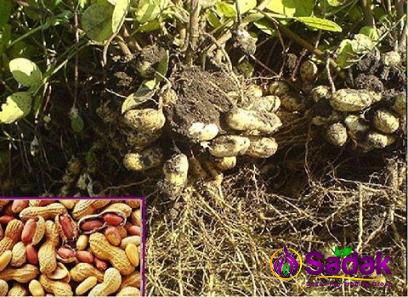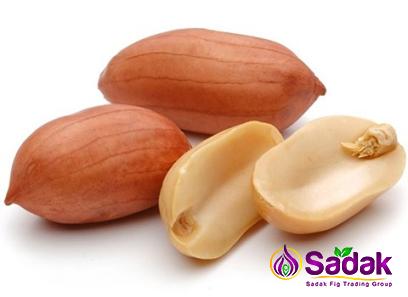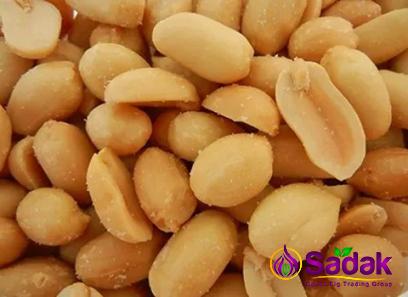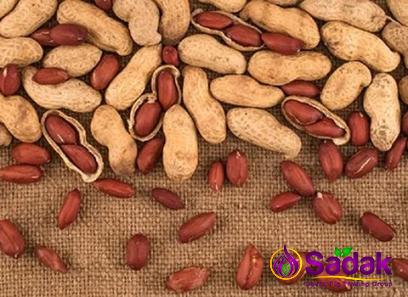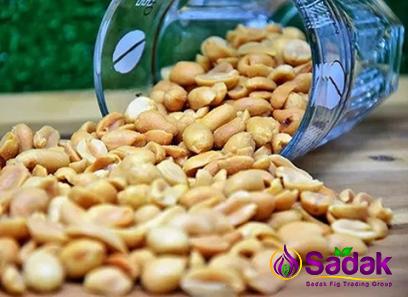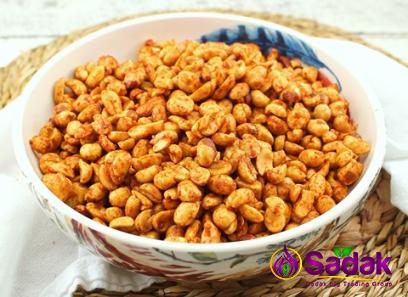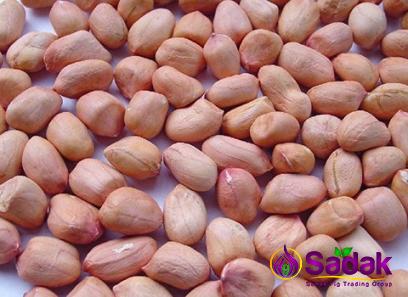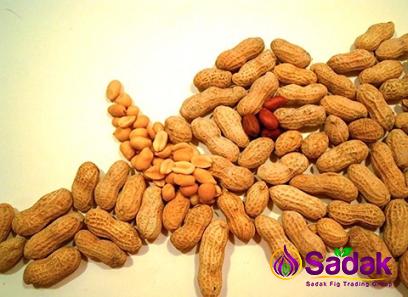Dried fig fruit, derived from the common fig tree (Ficus carica), is an ancient fruit with a rich history. Known for its sweet taste and unique texture, dried figs have been enjoyed as a culinary delight for centuries. While originating from the Mediterranean region, figs are now cultivated in various parts of the world, celebrating their versatile nature and numerous health benefits. This article aims to explore the nutritional value and potential uses of dried fig fruit.
Section 1: Nutritional Profile of Dried Figs
Dried figs are densely packed with essential vitamins, minerals, and antioxidants, making them a nutritious addition to any diet. Below are some key nutrients found in dried figs:
1. Fiber: Dried figs are an excellent source of dietary fiber, promoting healthy digestion, blood sugar balance, and weight management.
2. Potassium: Potassium helps maintain proper heart health, blood pressure regulation, and muscle function. Dried figs are particularly rich in potassium.
3. Magnesium: Dried figs contain magnesium, an essential mineral for maintaining bone health, nerve function, and energy production.
4. Calcium: A good source of calcium, dried figs contribute to strong bones and teeth, along with supporting muscle and nerve function.
5. Iron: Dried figs provide a significant amount of iron, aiding in the production of red blood cells and preventing anemia.
Section 2: Health Benefits of Dried Figs
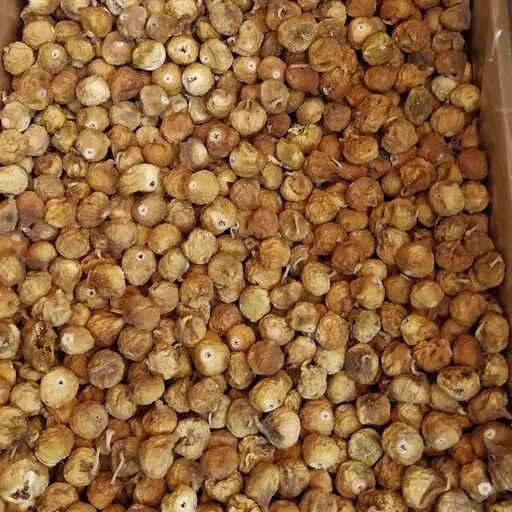
Including dried figs in your diet can offer several health benefits. Some notable advantages include:
1. Digestive Health: The high fiber content in dried figs helps regulate bowel movements, prevent constipation, and improve overall gut health.
2. Heart Health: The potassium in dried figs supports cardiovascular health by controlling blood pressure and reducing the risk of stroke or heart disease.
3. Blood Sugar Management: The soluble fiber found in dried figs helps slow down the absorption of sugars, aiding in better blood sugar control.
4. Bone Health: Dried figs are a valuable source of calcium, magnesium, and potassium, all of which contribute to maintaining strong bones and preventing conditions like osteoporosis.
5. Weight Management: The fiber-rich content of dried figs helps promote feelings of fullness, preventing overeating and aiding in weight management goals.
Section 3: Culinary Uses of Dried Figs
Dried figs can enhance a variety of dishes, both sweet and savory. They provide a delightful natural sweetness, making them a versatile ingredient. Here are a few ways dried figs can be used in various culinary creations:
1. Baking and Desserts: Dried figs can be incorporated into cakes, muffins, and bread, adding a deliciously sweet flavor and chewy texture. They can also be used in energy bars, granola, and trail mixes.
2. Salads: Dried figs can be a highlight in salads, balancing out the flavors by adding a touch of sweetness. They pair well with greens, cheese, nuts, and vinaigrettes.
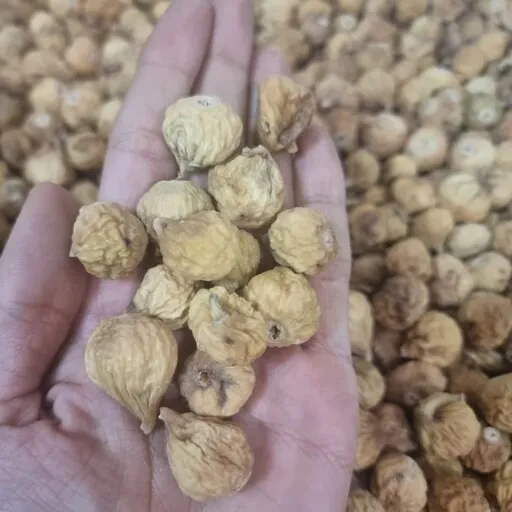
3. Cheese and Charcuterie Boards: Dried figs are a classic addition to cheese and charcuterie boards, offering a complementary flavor profile. They can be stuffed with nuts or cheese for an extra layer of indulgence.
4. Snacks and Trail Mixes: Dried figs, due to their high fiber content, make for a satisfying and nutritious snack on their own. They can also be added to homemade trail mixes alongside nuts, seeds, and other dried fruits.
Section 4: Tips for Incorporating Dried Figs into Your Diet
If you’re looking to incorporate dried figs into your diet, here are some tips and considerations:
1. Storage: Dried figs should be stored in a cool, dry place, away from sunlight, to maintain their flavor and texture. They can also be refrigerated for extended shelf life.
2. Rehydration: If you prefer a softer texture, soak dried figs in warm water for about 15 minutes before consumption or incorporate them into recipes that involve cooking or baking.
3. Serving Size: Due to their higher sugar content compared to fresh figs, it’s essential to consume dried figs in moderation, especially if you have diabetes or are watching your sugar intake.
4. Recipe Adaptations: Dried figs can be used as a substitute for fresh figs in various recipes. However, adjustments may be needed to account for the difference in moisture and sweetness.
Conclusion:
Dried figs are a nutritional powerhouse, offering a myriad of health benefits and culinary versatility. Whether used as a snack, incorporated into baked goods, or added to savory dishes and salads, dried figs add a unique flavor and texture to any culinary creation. With their abundance of vitamins, minerals, and antioxidants, dried figs are a delicious and healthy addition to a well-balanced diet. So, next time you’re looking for a natural and nutritious treat, consider reaching for these delightful dried fruits.Title: The Nutritional Powerhouse: Exploring the Benefits and Uses of Dried Fig Fruit for Businesses
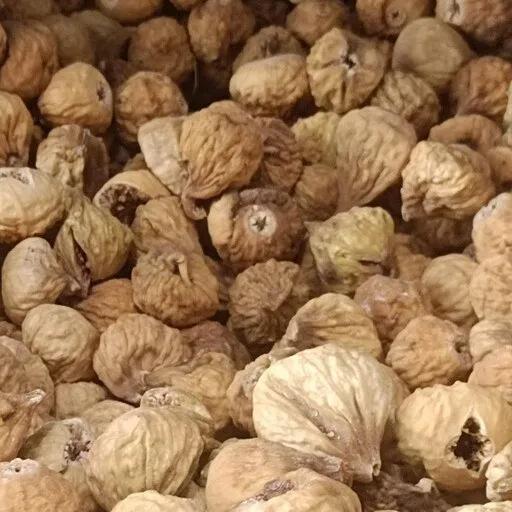
Introduction:
In the previous sections, we delved into the nutritional profile, health benefits, and culinary uses of dried fig fruit. Now, let’s explore the potential for businesses to capitalize on the popularity and demand for this versatile fruit. From food manufacturing to retail, dried figs offer an array of opportunities. In this section, we will discuss several business avenues related to dried fig fruit.
1. Food Manufacturing and Processing:
Dried figs are a valuable ingredient in the food manufacturing industry. Companies specializing in the production of energy bars, granola, cereals, bakery products, and snacks can consider incorporating dried figs in their recipes. By leveraging the natural sweetness, chewy texture, and nutritional benefits of dried figs, food manufacturers can create innovative and appealing products that cater to health-conscious consumers.
2. Artisanal Food Products:
The growing interest in organic, natural, and locally sourced foods presents a prime opportunity for businesses to create artisanal food products using dried figs. Artisanal jams, preserves, chutneys, and spreads made with dried figs can cater to consumers seeking unique and gourmet food experiences. These products can be sold through farmers’ markets, specialty stores, and online platforms, tapping into the demand for high-quality, artisanal offerings.
3. Packaging and Branding:
Businesses involved in packaging and branding can play a crucial role in promoting dried fig products. Eye-catching packaging designs and labeling highlighting the nutritious and flavorful aspects of dried figs can help attract consumers’ attention on store shelves. Creative branding strategies that emphasize the origin, sustainability, and health benefits of dried figs can further enhance the perceived value of the product.
4. Supermarkets and Grocery Stores:
Supermarkets and grocery stores can capitalize on the rising demand for healthy snacks and ingredients by offering a wide variety of dried fig products. This can include packaged dried figs, dried fig bars, trail mixes, and products made with dried figs. By providing a diverse selection of dried fig options, retailers can cater to different consumer preferences and dietary requirements, ensuring a strong presence in the ever-growing health food market.
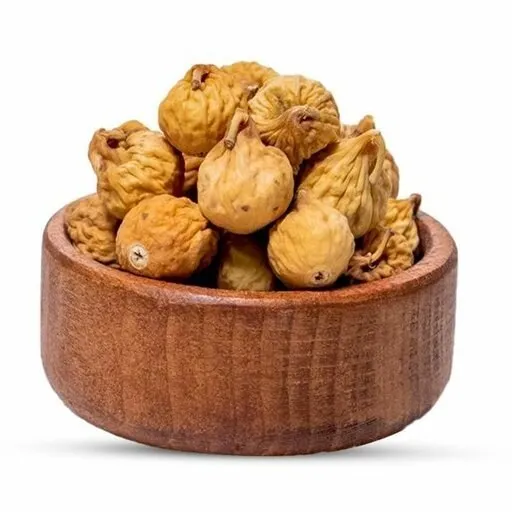
5. Restaurant and Culinary Industry:
Dried figs can add a unique flavor and texture to recipes in restaurants and culinary establishments. Chefs and foodservice professionals can incorporate dried figs into their menus, featuring them in salads, appetizers, main dishes, desserts, and cheese boards. Collaborating with local suppliers can ensure a fresh and sustainable supply of dried figs while catering to the increasing demand for innovative and wholesome dining experiences.
6. Online Retail and E-commerce:
The rise in online shopping and the convenience it offers make e-commerce platforms a promising avenue for businesses selling dried fig products. Online retailers specializing in healthy snacks, specialty foods, and gourmet ingredients can feature dried figs as standalone products or as part of curated gift baskets. A user-friendly website, transparent product information, and enticing visuals can help attract and engage online shoppers.
7. Export and International Trade:
Regions renowned for their fig production, such as the Mediterranean, can explore export opportunities for dried figs. Collaborating with international distributors and importers can help businesses tap into global markets, offering their products to consumers who may not have access to locally grown figs or dried fig products. Ensuring proper packaging, quality control, and compliance with international regulations are essential in establishing a strong and trustworthy export network.
8. Health and Wellness Industry:
The health and wellness industry provides a platform for businesses to promote the nutritional benefits of dried figs. Companies specializing in dietary supplements, functional foods, and wellness products can incorporate dried fig extracts or powders into their formulations. By emphasizing the high fiber, mineral, and antioxidant content of dried figs, businesses can position their products as supporting digestive health, immune function, and overall well-being.
9. Agricultural and Farming Industry:
As the demand for dried figs continues to grow, there is an opportunity for entrepreneurs to enter the agricultural and farming industry with fig production. Developing fig orchards and establishing partnerships with other growers can ensure a steady supply of dried figs for both local consumption and potential export markets. By leveraging sustainable farming practices and embracing organic production methods, businesses can cater to the increasing consumer preference for environmentally friendly and ethically sourced products.
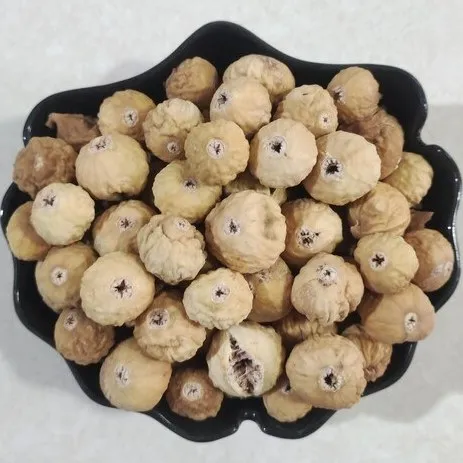
10. Culinary Tourism and Agritourism:
Regions known for their fig production can capitalize on culinary tourism and agritourism opportunities. By organizing tours, workshops, and events centered around dried figs, businesses can showcase the process of fig cultivation, drying, and culinary applications. This offers a unique and immersive experience for visitors while promoting the local economy and raising awareness about the benefits and cultural significance of dried figs.
Conclusion:
Dried fig fruit presents an array of business opportunities in the food manufacturing, retail, hospitality, and agricultural sectors. From incorporating dried figs into innovative products to promoting them as a healthy snack or ingredient, businesses can tap into the growing demand for natural and nutritious food options. By leveraging the nutritional powerhouse that dried figs offer, entrepreneurs and businesses can establish their presence in the market, catering to health-conscious consumers seeking unique and flavorful culinary experiences.
